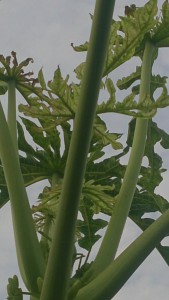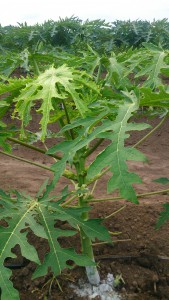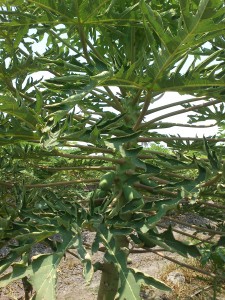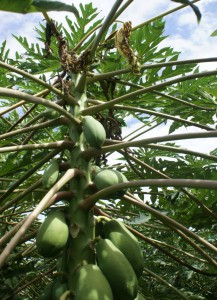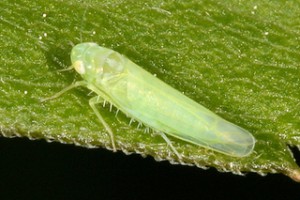Phytoplasma
Phytoplasma in Papaya.
The disease known as Phytoplasma is derived in a group of Gram positive bacteria, non-cultivable prokaryotes , found in the phloem adjacent cells of the plant’s parenchyma.
Symptom.
The symptoms that plants affected by phytoplasms may present are very diverse but are commonly observed:
- Yellowing and / or general redness of leaves especially in young leaves.
- Reduction of the leaf leaf and deformation of it.
- Shortening of internodes.
- Loss of apical dominance, necrosis of vascular tissue and growth apex.
- General decline of the plant.
Transmission.
Phytoplasms cannot be transmitted mechanically, the infection is acquired via artificial or natural grafting. The main form of dissemination occurs through insect vectors, the cicadaids (chicharritas) being reported as vectors of this disease, especially Empoasca papayae. To date, the hemiptera order is best known for the type of chopper-sucker mouthpiece that allows it to reach the phloem and consequently makes them suitable for acquiring and transmitting to phytoplasmas.
At least 5 subgroups of phytoplasms affecting papaya are known, which are: 16SrI, 16SrII, 16SrXII, 16SrXII, 16SrXVII.
Phytoplasmic control.
- Eliminate weeds that can favor the development of chicharrite populations.
The management of this disease is associated with the reduction of vectors, therefore you have to control the chicharritas for this you can apply:
- Malathion at a dose of 1 liter per hectare.
- Insecticides of the group of neonicotinoids; Imidacloprid / thiamethoxam, at the doses suggested on the label.
On the other hand, it has been shown that these are susceptible to tetracyclines, so blocks of 4 applications are suggested at doses of 100 ppm, (2 g per liter of Terramycin 5) should be performed every 7 days when the first block of 2 is finished Applications wait at least 3 to 4 months to establish the second block in the same way as the previous one.
Copyright © All Rights Reserved.
Semillas del Caribe / One Step Ahead
